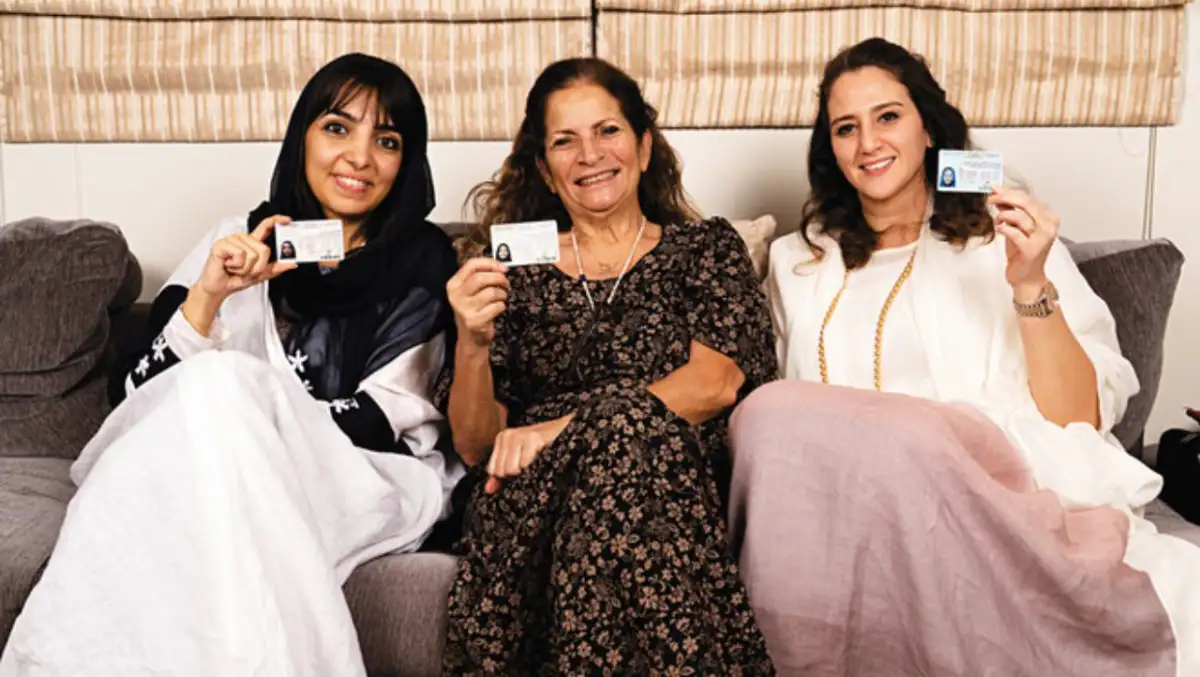- The Road to Empowerment: Milestones for Women Drivers
- The First Recipients: Women Who Made History
- Social and Historic Impact
- Comparison Table: Before and After the First Licenses
- “The Gasoline Dream”
June 4, 2018, marked more than a policy change in Saudi Arabia—it became a pivotal moment that permanently altered the role of women in Saudi society. On that historic day, ten pioneering Saudi women received the nation’s first official driving licenses, a culmination of decades of advocacy, activism, and social change. The event was not simply a bureaucratic act, but a vivid symbol that dreams can be achieved when relentless spirit meets systemic reform. Who were these trailblazers, and what milestones led to this revolutionary juncture?

The Road to Empowerment: Milestones for Women Drivers
Until June 2018, Saudi Arabia was the only country in the world to officially ban women from driving. Numerous campaigns and protests took place, led by prominent figures such as Manal al-Sharif, Wajeha al-Huwaider, and Shaima Jastania.
A royal decree issued on September 26, 2017, shattered the restriction, instructing government bodies to prepare for the full implementation by June 2018.
For the first time, the Saudi General Directorate of Traffic invited women holding valid foreign licenses to apply for Saudi licenses, provided they passed a practical driving test on Saudi roads.

The First Recipients: Women Who Made History
The initial licenses were granted to ten women, most of whom had previously held international licenses and successfully passed the Saudi road test.
Among the notable names are Rema Jawdat, who told local media she had “fulfilled a dream generations awaited,” and Shaima Jastania, who was famously sentenced to lashes for driving in 2011 but later became one of the first licensed Saudi female drivers.
Other early licensees were doctors, engineers, and business leaders—demonstrating skill behind the wheel and serving as visible role models during the media frenzy.
Foreign women also made history: Laura Alho became the first European to receive a Saudi license in June 2018, quickly followed by Indian nurse Saramma Thomas later that month.

Social and Historic Impact
Issuing these first licenses was not an isolated event, but rather the result of years of activism, petitions, and protests—often at heavy personal cost, including arrest and international outcry.
The ability to drive became a symbol of women’s emancipation, opening access to employment, education, and economic independence, and aligning with Vision 2030’s target to boost female workforce participation from 22% to 30% by 2030.
Officials and police marked the occasion by handing out flowers to the new drivers, further reinforcing the positive shift toward societal acceptance.
Comparison Table: Before and After the First Licenses
“The Gasoline Dream”
A young Saudi girl stood watching cars from her window, whispering, “When will my turn come?” In June 2018, waves of pioneers took to the road—living not just a personal victory but representing an entire community’s triumph. Every license issued was proof that women’s dreams, no matter how long deferred, could finally become reality.






